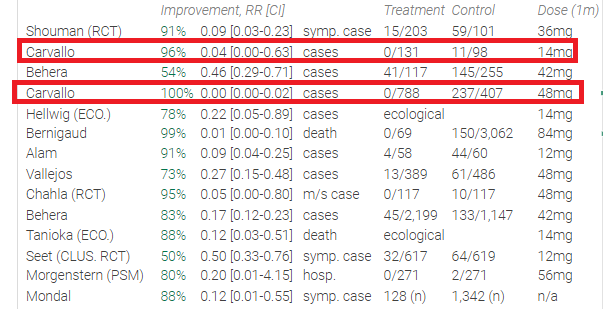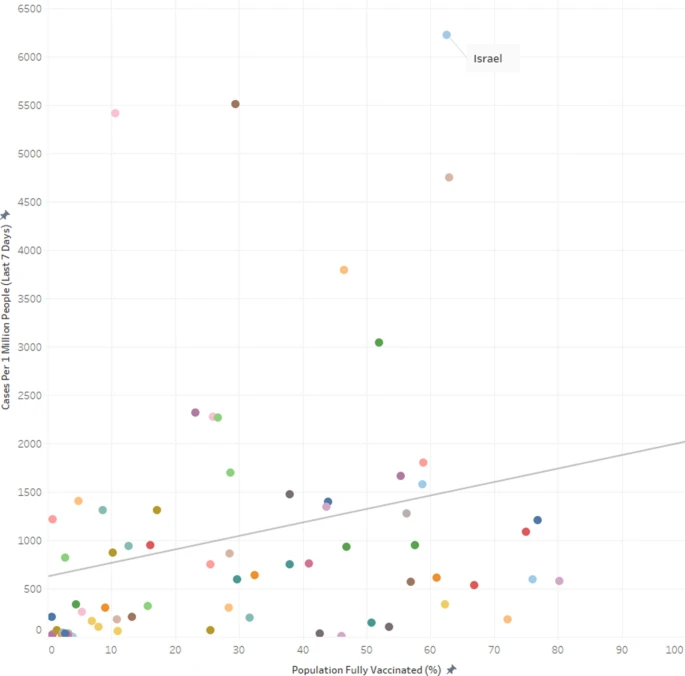
One very important line "any eventual retraction would come only after “due process, free from coercion or pressure.”"
This right here exemplifies why academia is fundamentally not equipped to handle a pandemic
This right here exemplifies why academia is fundamentally not equipped to handle a pandemic
https://twitter.com/jamesheathers/status/1451935751256645634
The study in question was preprinted in November. Published earlier this year. It's been included in over a dozen systematic reviews
And it's borked. Enormously flawed
And it's borked. Enormously flawed
If the journal follows the traditional academic path, they'll wait 5 years until no one cares any more and then quietly post an editorial note, hoping no one notices. Meanwhile, the study has informed clinical guidelines and patient treatment for over a year already 🤷♂️
The editor quoted talked about "the randomization problem". The problem is that the study claims to be an RCT but cannot possibly have been randomized as described. It's not some vague conjecture, it's maths, and yet nothing to be done I guess
• • •
Missing some Tweet in this thread? You can try to
force a refresh
















